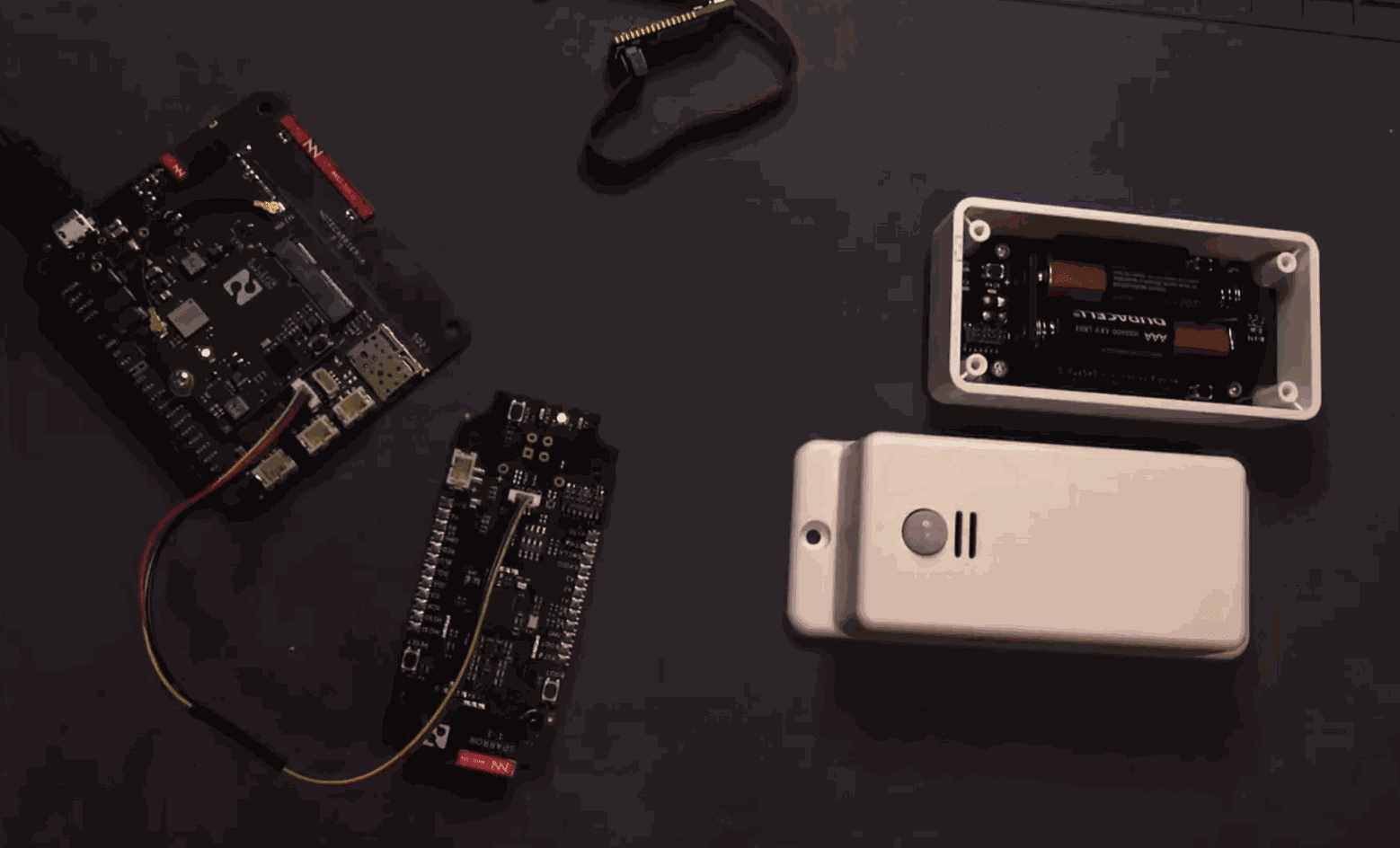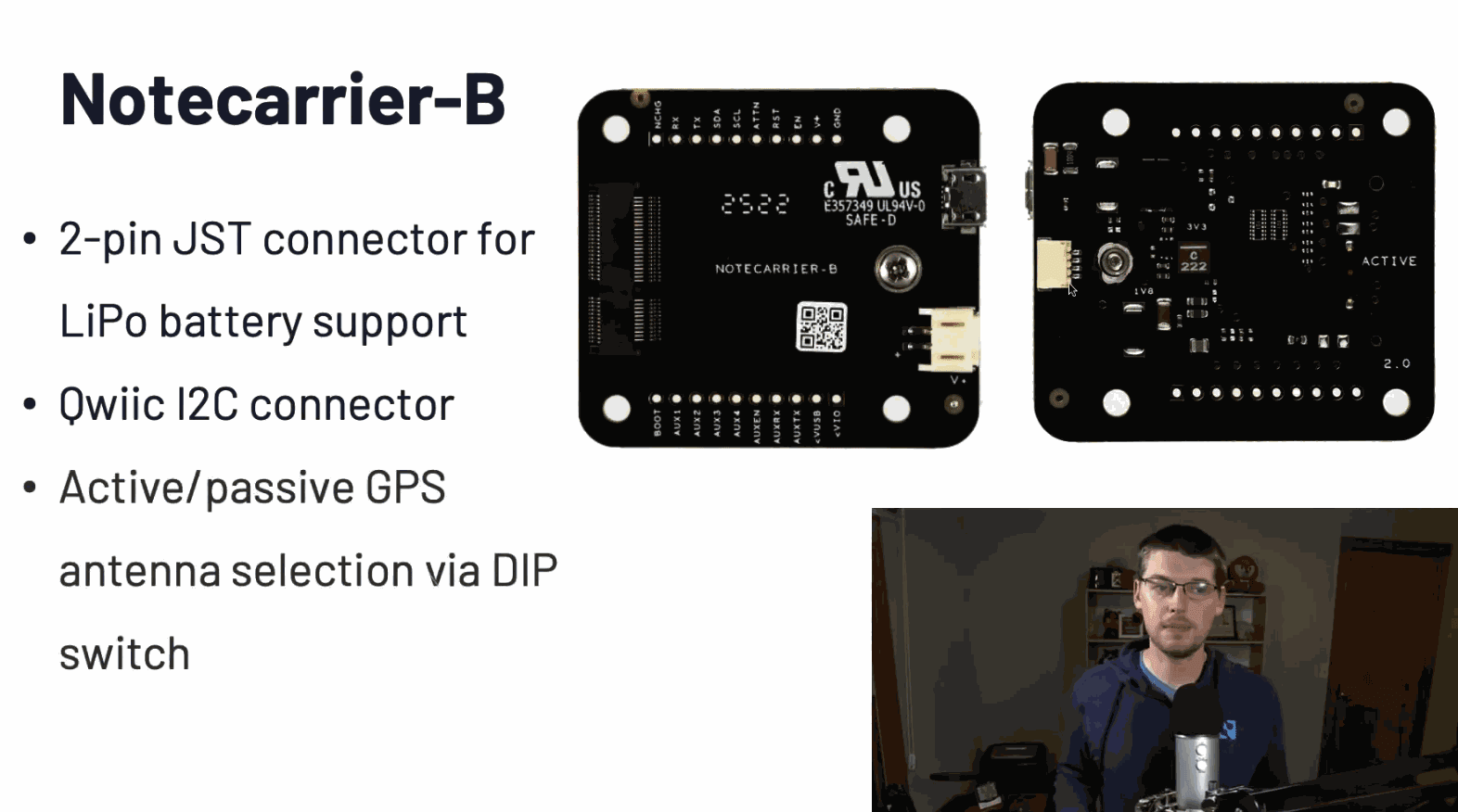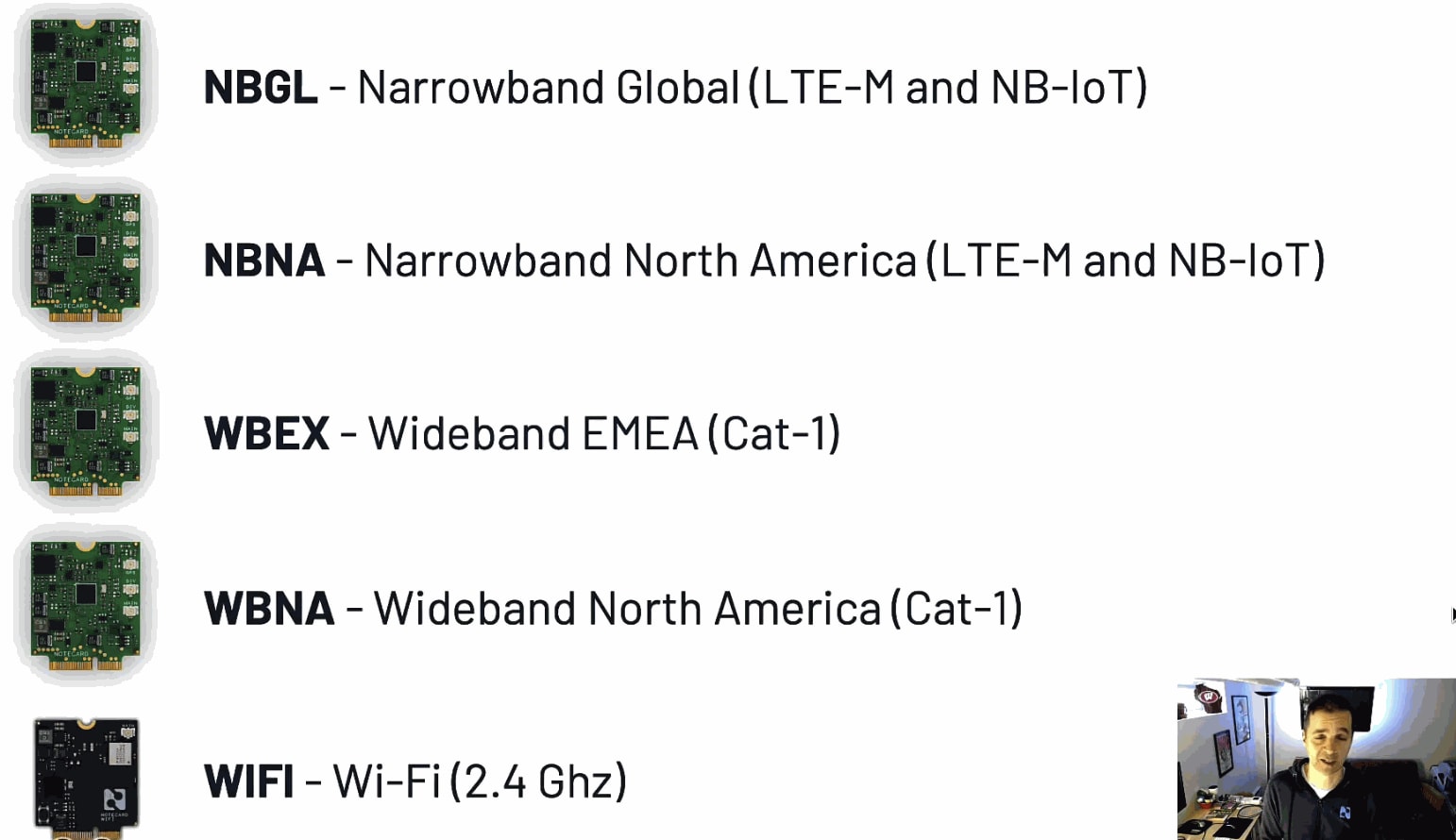Webinar Summary
The following summary is auto-generated from the webinar recording.
Welcome to Bluestoberfest! As autumn arrives, it’s a perfect time for us to reflect on the past year and celebrate the exciting developments at Blues. Over the next 45 minutes, we’ll recap some of our latest hardware releases, demonstrate a groundbreaking feature for firmware updates, and share enhancements that you’ll want to incorporate into your next IoT project.
Where We Stand in the IoT Industry
If you've been in the IoT space for a while, you’ve heard some bold predictions about device growth. For instance, in 2011, Cisco anticipated 50 billion IoT devices by 2020. Fast forward to 2016, and SoftBank's CEO predicted a trillion devices over the next 20 years. However, the reality has been quite different. Instead of 50 billion devices, we only reached 11 billion by 2020, which, while significant, is slower than expected.
This sluggish growth has become a theme in the IoT landscape, with projects often taking two to five years to complete. In fact, 75% of projects take twice as long as planned. Why the slow pace? Is it because hardware is complex? Yes, and that’s one of the many challenges we face. At Blues, our mission is to eliminate complexity in the IoT space, helping developers accelerate their projects.
Introducing Blues Solutions
In January 2021, we launched the Notecard and Notehub to simplify cellular connectivity. The Notecard is a no-fee device with data and service included, offering coverage in 139 countries without subscriptions. It securely transmits data to the cloud through VPN tunnels, eliminating the need for certificate management or key rotation. Our objective is to allow you to focus on your sensors and programming, routing data effortlessly to your cloud service.
In 2022, we continued this commitment with new hardware and firmware capabilities. Let’s dive into the exciting new products we have for you!
New Hardware: Sparrow and Notecarriers
First up is Sparrow, our new LoRa-based product launched in August. It allows you to build device clusters that communicate with the cloud. The architecture is designed for easy setup, enabling sensor nodes to communicate via LoRa to a gateway, which then sends data to the cloud using the Notecard.
The Sparrow Developer Kit is available for $199 and comes with everything you need to set up one gateway and two sensor nodes. These nodes can measure temperature, humidity, and motion out of the box. The firmware is open-source, allowing you to customize it to fit your needs.

Setting Up Sparrow
To get your network running, you need to pair the gateway with your sensor nodes, similar to Bluetooth. After pairing, configure the Notecard to know where to send the data. You’ll find comprehensive guides on our documentation hub.
New Notecarriers
We’re also excited to introduce two new Notecarriers. First, the Notecarrier B, which is compact and affordable, making it easy to plug in a Notecard. It features a JST connector for LiPo battery support, a quick I²C connector, and a dip switch for GPS control. This is an excellent option for simple asset tracking projects.

Next, meet the Notecarrier F, designed for Adafruit Feather-compatible microcontrollers. It offers improved power efficiency and convenience features, including labeled pins for easy access. The F is an upgrade from the previous Notecarrier AF and is my personal favorite for building with a Notecard.

Introducing Notecard Outboard Firmware Update
Now, let's talk about Notecard Outboard Firmware Update, a revolutionary feature for performing over-the-air firmware updates. Traditional methods require developers to give up control to platform providers or rely on cloud services. Notecard Outboard Firmware Update changes that by allowing the Notecard to take control of your MCU, enabling seamless firmware updates.
Benefits of Notecard Outboard Firmware Update
This new approach lets you ship updates to devices easily, update parts of a binary, or transition between programming environments like Arduino and Circuit Python. It simplifies the process, allowing you to focus on your application instead of the underlying complexities.
Notecard Firmware and API Updates
In addition to hardware updates, we’ve made significant improvements to Notecard firmware and APIs. Our latest releases include long-term support versions that ensure your firmware remains reliable over time. We’ve also introduced features like payload fragmentation, aux GPIO mode, streaming accelerometer data, and automatic alerts for power loss.

These enhancements allow the Notecard to operate more effectively without a host microcontroller, paving the way for more autonomous IoT solutions.
Notehub API Enhancements
Let’s pivot to Notehub, the cloud service integral to routing your data. Recent updates include a revamped Event API and a new Route API, enabling programmatic access to virtually everything in the Notehub UI. This means you can create inbound notes, view devices, and edit variables seamlessly.
We’ve also introduced a consumption credit model for Notehub, allowing you to pay for what you use. Every purchased Notecard gives you 5,000 credits, and you can top up credits monthly for free.
Routing Events and Handling Failures
Finally, we’re enhancing how events are routed. Soon, you’ll be able to automatically retry failed routes, providing more reliability in your data delivery. Additionally, you can manually route events and access a clearer route log for better transparency.
Cheers
Thank you for attending Bluestoberfest! We’re excited to see what you create!
